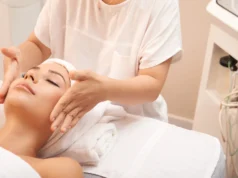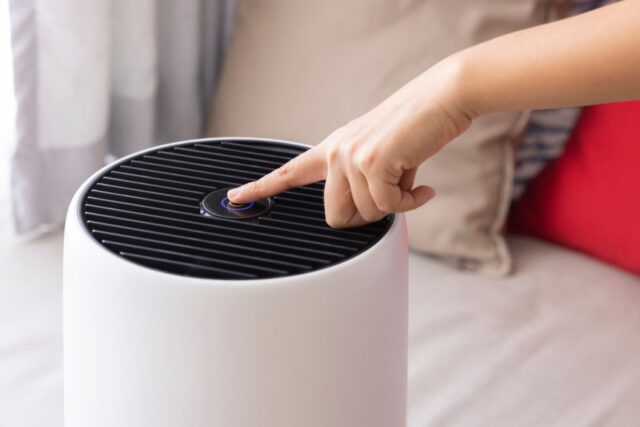
Allergies can be caused by a variety of environmental factors, ranging from dust mites to pet dander. They can cause a range of symptoms from sneezing, coughing, and itchy eyes, to fatigue and headaches.
Understanding what triggers your allergies can help you manage them and breathe easier. In this article, we’ll discuss the various triggers for allergies and the symptoms associated with them.
Understanding Allergens
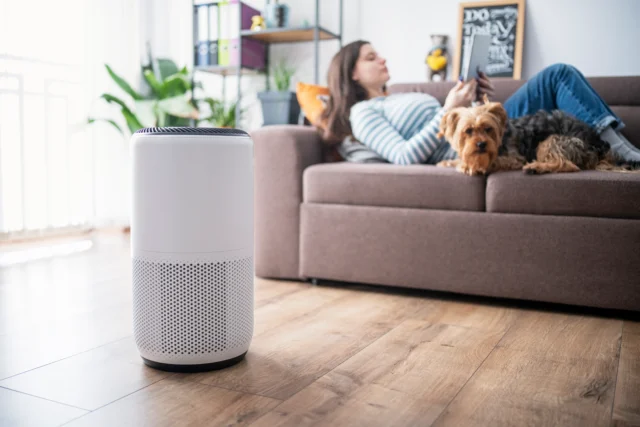
Indoor allergens are substances that trigger allergic reactions in susceptible individuals. Some of the most common indoor allergens include:
- Dust mites: Microscopic creatures found in bedding, carpets, and upholstered furniture.
- Pet dander: Small particles of skin and hair shed by pets, particularly cats and dogs.
- Pollen: Small, lightweight particles released by plants for reproduction, which can be carried indoors on clothing, hair, and through open windows.
- Mold spores: Tiny reproductive cells of mold, which thrive in damp and humid environments.
- Cockroach allergens: Proteins found in cockroach feces, saliva, and body parts.
How Allergies Affect Your Respiratory System
When exposed to allergens, the immune system of allergy sufferers overreacts, releasing chemicals like histamine. These chemicals cause inflammation and irritation in the respiratory system, leading to allergy symptoms. Some common symptoms include sneezing, runny nose, nasal congestion, itchy and watery eyes, coughing, and difficulty breathing. In some cases, exposure to allergens can even trigger asthma attacks.
Types of Air Purifiers
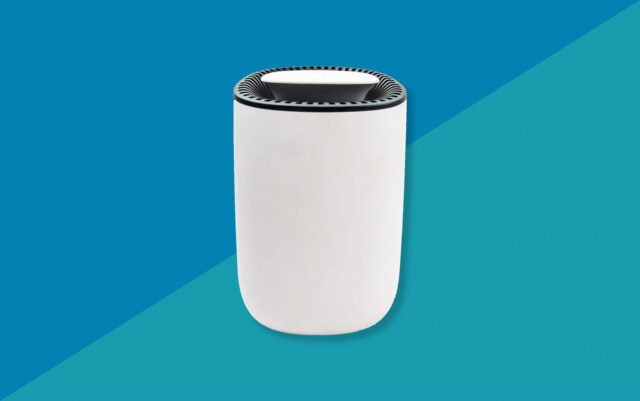
Air purifiers are designed to remove airborne particles and contaminants from the air. There are several types of purifiers available at sites like triad air, each with its own unique features and benefits. Some of the most common types of purifiers include:
- Mechanical filters: These devices use physical barriers like HEPA filters to trap particles as air passes through them.
- Activated carbon filters: These filters utilize porous carbon to adsorb gases, odors, and volatile organic compounds (VOCs).
- Ultraviolet germicidal irradiation (UVGI): UV-C light is used to kill or neutralize microorganisms like bacteria, viruses, and mold spores.
- Photocatalytic oxidation (PCO): This technology uses UV light and a catalyst, like titanium dioxide, to oxidize and break down pollutants.
- Ionizers and electrostatic precipitators: These devices release charged particles or ions that attach to airborne particles, causing them to clump together and settle on surfaces or be collected on charged plates.
HEPA Filters
High-Efficiency Particulate Air (HEPA) filters are considered the gold standard for allergen removal. These mechanical filters can capture 99.97% of particles as small as 0.3 microns, making them highly effective at removing common indoor allergens like dust mites, pet dander, pollen, and mold spores. To ensure optimal performance, it’s essential to choose a purifier with a true HEPA filter rather than a “HEPA-like” or “HEPA-type” filter, which may not meet the same stringent standards.
Activated Carbon Filters
Activated carbon filters are particularly effective at removing odors, gases, and volatile organic compounds (VOCs) from indoor oxygen. These filters consist of porous carbon, which adsorbs chemicals and odors as air passes through them. Activated carbon filters are often used in combination with HEPA filters to provide comprehensive oxygen purification, removing both particulate allergens and gaseous pollutants.
UV-C Light and Photocatalytic Oxidation
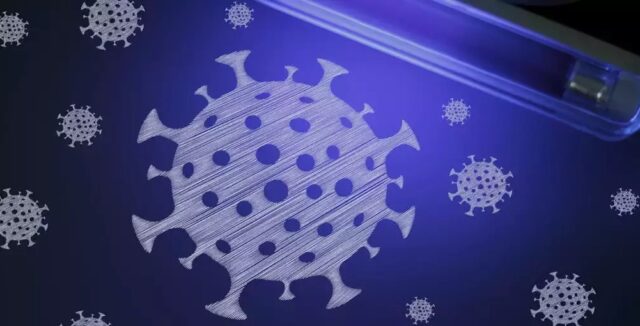
Ultraviolet germicidal irradiation (UVGI) uses short-wavelength UV-C light to kill or inactivate microorganisms, such as bacteria, viruses, and mold spores. This technology can be an added layer of protection against pathogens, especially in humid or damp environments where mold may thrive. However, UV-C light is generally less effective against allergens like dust mites, pet dander, and pollen.
Photocatalytic oxidation (PCO) is another technology that uses UV light in combination with a catalyst, like titanium dioxide, to oxidize and break down pollutants. PCO can be effective against some allergens, odors, and VOCs, but may produce trace amounts of harmful byproducts, such as ozone.
Ionizers and Electrostatic Precipitators: Pros and Cons
Ionizers and electrostatic precipitators work by releasing charged particles or ions that attach to airborne particles, causing them to clump together and either settle on surfaces or be collected on charged plates. While these technologies can be effective at removing some allergens, they may also produce ozone, a lung irritant that can exacerbate respiratory issues in sensitive individuals.
Air Purifier Placement
The location of your purifier can have a significant impact on its effectiveness. To maximize efficiency, follow these guidelines:
- Place the purifier in the room where you spend the most time, such as the bedroom or living room.
- Keep the purifier at least 3 feet away from walls, furniture, and other obstructions to ensure proper air circulation.
- Avoid placing the purifier near sources of heat, moisture, or heavy dust, as these factors can reduce its performance.
Maintenance and Filter Replacement
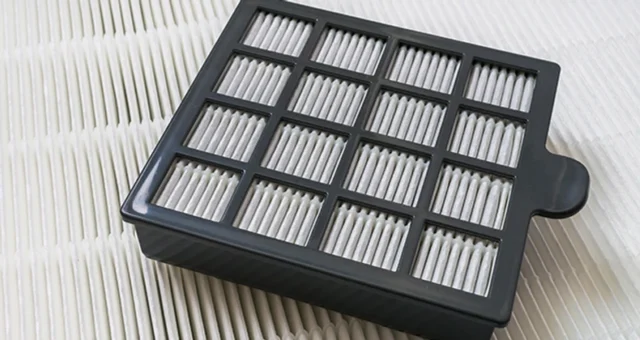
Regular maintenance and filter replacement is essential for the effective operation of your purifier. Follow the manufacturer’s recommendations for filter replacement intervals and cleaning procedures. Neglecting filter replacement or maintenance can lead to decreased performance, reduced oxygen quality, and potential damage to the purifier itself.
Additional Tips for an Allergen-Free Home
While purifiers can significantly improve indoor air quality, additional measures can help reduce allergen exposure and minimize allergy symptoms:
- Vacuum regularly using a vacuum cleaner with a HEPA filter.
- Wash bedding, curtains, and other textiles frequently to remove allergens.
- Use allergen-proof covers for mattresses, pillows, and duvets.
- Maintain a humidity level of 30-50% to discourage mold growth and dust mite proliferation.
- Keep windows closed during peak pollen seasons or high-pollen days.
- Groom pets regularly and bathe them to reduce dander.
The Long-term Benefits of Using Air Purifiers for Allergy Sufferers
Consistent use of air purifiers can provide long-term benefits for allergy sufferers, including:
- Reduced exposure to allergens, leads to fewer allergy symptoms and a better quality of life.
- Improved sleep quality due to reduced nighttime allergy symptoms.
- Decreased reliance on allergy medications as air quality improves.
- A healthier overall indoor environment can benefit all household members, not just allergy sufferers.
Purifiers and Asthma: A Special Consideration
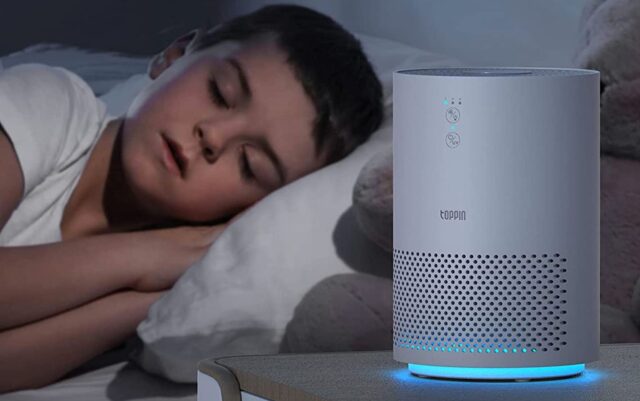
Asthma is a chronic respiratory condition that affects millions of people worldwide. Allergens can trigger asthma symptoms and exacerbate existing respiratory issues. Air purifiers, especially those with HEPA filters, can help improve indoor air quality and reduce allergen exposure for asthma sufferers. By removing allergens and irritants from the air, purifiers can help prevent asthma attacks and improve overall respiratory health.
Conclusion
Allergies can have a significant impact on your quality of life, causing discomfort and disrupting daily activities. Air purifiers offer an effective solution for alleviating allergy symptoms by removing allergens and improving indoor air quality.
y understanding the different types of air purifiers and choosing the right one for your needs, you can create a healthier living environment, breathe easier, and enjoy a better quality of life. Combine the use of air purifiers with other allergen-reducing measures to further minimize allergy symptoms and create a comfortable, allergen-free home.

